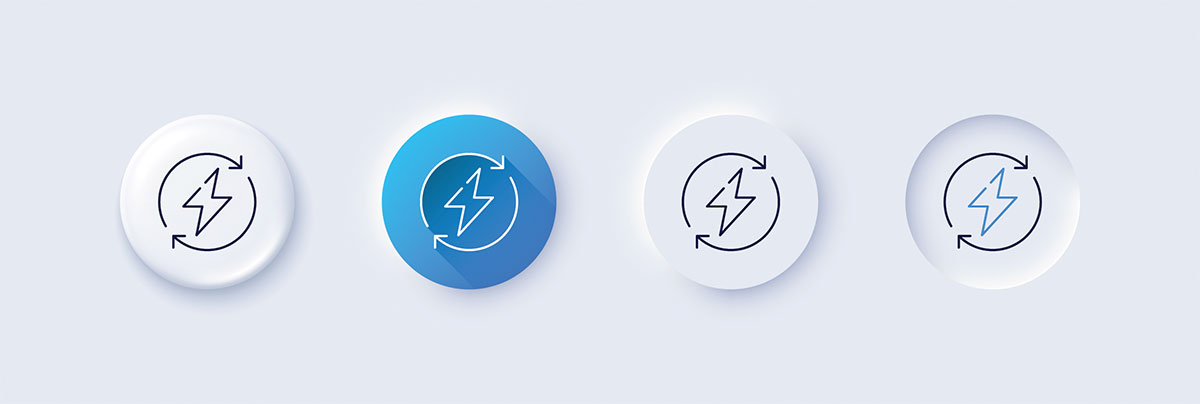Electrical equipment intended for potentially explosive atmospheres (or hazardous locations), is evaluated to stringent requirements in accordance with the National Electric Code (NEC), local regulations, and/or harmonized standards such as the IEC 60079 series standards. Before placing products onto the market, manufacturers must engage a third-party conformity assessment body (CAB) for certification. Certified equipment must also bear Class and/or Zone markings.
by Zaneer Iqbal, Engineering Team Lead at Intertek
Equipment is evaluated to determine conformity to general safety requirements and explosion protection concepts, such as non-arcing/sparking, explosion-proof/dust ignition proof, intrinsic safety, purged/pressurized, etc. These may be selected individually or as a combination, depending on the end application and intended operating environment. In addition, electrical code requirements may include evaluation of wiring, sealing/drainage, grounding/bonding, intrinsically safe systems, and more.
Certification
Like other electrical products, equipment and components for potentially explosive atmospheres can be certified in three ways: listing; limited product certification (LPC) – also known as single batch certification; or field evaluation and labelling. In all cases, equipment is assessed to applicable standards, a data report is compiled, and products are certified. The difference in how certification is granted can depend on how the product is manufactured or when/where the evaluation and certification has been triggered.
Listings apply to equipment that is continuously manufactured for volume production (provided the design does not change) and verified with quarterly site audits. An LPC applies when only one (or a select number of) product is produced and the evaluation is commonly conducted at the manufacturing location. Once certified under LPC, products can be shipped immediately. Follow up audits are unnecessary as the equipment is treated as customized one-off units.
Field evaluations are unique in that they are generally conducted on equipment at the final installation location and is often triggered by an inspector finding uncertified or modified equipment. Field evaluations additionally include consideration of the NEC as well as the specific installation. The engineer conducting the evaluation applies a field label onsite and no follow up services are required.
Markings
Products intended for potentially explosive atmospheres must include certain marking information on the label in addition to certification mark(s). Typical North American markings depend on whether NEC 500 or NEC 505 is used. When NEC 500 is used, markings fall under the Division marking scheme and for NEC 505, the Zone marking scheme. Markings include:
- Hazard class (generally for the Division scheme), where Class I is used for flammable gas, Class II for combustible dust, and Class III for fibers/flyings.
- Division or Zone, based on area classification, which indicates if potential hazards are continuous, intermittent, or only present under abnormal circumstances.
- Under the Division Scheme, continuous or intermittent hazards are classified as Division 1; abnormal hazards are designated Division 2.
- Under the Zone Scheme, continuous hazards are classified as Zone 0 (gas) or Zone 20 (dust), intermittent hazards are classified as Zone 1 (gas) or Zone 21 (dust), and abnormal hazards are classified Zone 2 (gas) or Zone 22 (dust).
- Atmosphere Group, indicating the substance or material creating the hazard. In order of decreasing severity:
- Flammable gases under the Division scheme are denoted by Groups A, B, C, D, and under the Zone Scheme as Groups IIC, IIC + H2, IIB, or IIA respectively.
- Combustible dust classification is based on type, where metal is designated Group E under the Division scheme or IIIC under the Zone scheme, carbonaceous dusts are designated Group F or IIIB, and other non-carbon dusts (flour, grain, wood, plastics, etc.) are Group G or IIIB. Combustible fibers and flyings are not given a designation under the Division Scheme and in the Zone Scheme they are designated IIIA.
- Temperature Classification, which is generally established based upon the maximum surface temperature of the equipment. They range from T1 (450°C) to T6 (85°C), with subclasses used in the Division Scheme.
The safety of electrical equipment is important, but more so for equipment used in hazardous areas. It is important for inspectors to understand how products are certified and what the markings on certified equipment mean. Contact the relevant lab and certification body to request certification details, clarifications, or a field evaluation to ensure the quality and safety of these products.















Find Us on Socials